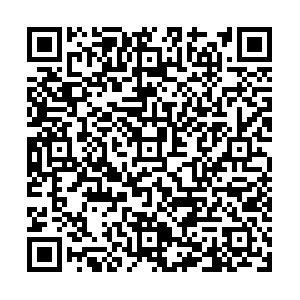Abstract:
Objective To investigate and analyze the diversity of intestinal flora in children with autism spectrum disorder(ASD), to explore its correlation with Treg-Th17.
Methods Forty-nine cases of children with autism spectrum disorder admitted to Jinhua Central Hospital from October 2016 to April 2019 were included in the study.Another 50 normal children who underwent physical examination in our hospital were selected as healthy controls. The content of Treg, Th17 cells and Treg/Th17 in peripheral venous blood PBMC(mononuclear cells) were measured by flow cytometry and detected by ELISA method. The serum levels of TGF-β1 and IL-17 in children were observed to correlate the diversity of intestinal flora in ASD with Treg-Th17.
Results The number of Bifidobacterium and Escherichia coli gene copies and B/E values in the intestinal tract of the ASD group were lower than those of the healthy control group(all
P<0.05). The number of Treg cells and Treg/Th17 value in PBMC of ASD group were lower than those of healthy control group, but the number of Th17 cells in PBMC was higher than that of healthy control group(all
P<0.05). The plasma IL-17[(311.28±29.83) ng/L] in the ASD group was higher than that in the healthy control group[(104.96±17.51) ng/L], and the plasma TGF-β1 level[(28.33±8.14) ng/L] was lower than that in the healthy control group[(101.84±12.76) ng/L,
t=42.070, 34.095, all
P<0.05]. Pearson correlation analysis found that intestinal B/E value and Treg, Th17 and Treg/Th17 values showed a positive correlation(
r=0.522,0.416,0.323, all
P<0.05).
Conclusion The intestinal mucosal barrier dysfunction in children with acute autism spectrum disorder is mainly due to weakened immune barrier, intestinal micro-ecological imbalance, and intestinal flora-mediated tolerance, which runs through the pathological process of autism spectrum disorder.

 点击查看大图
点击查看大图



 下载:
下载:
